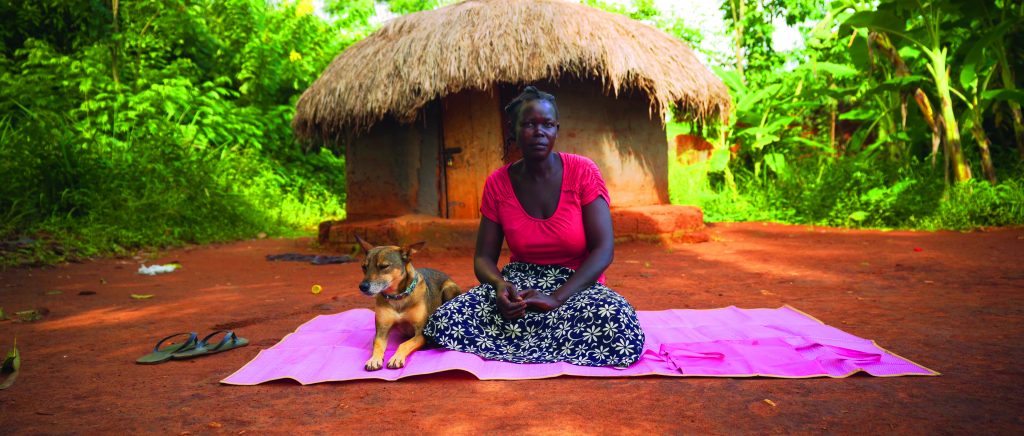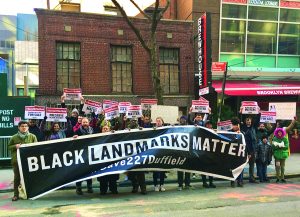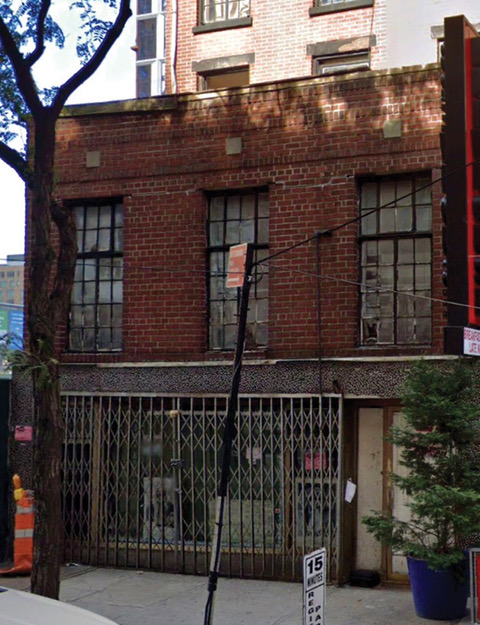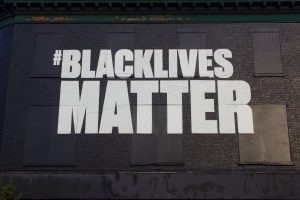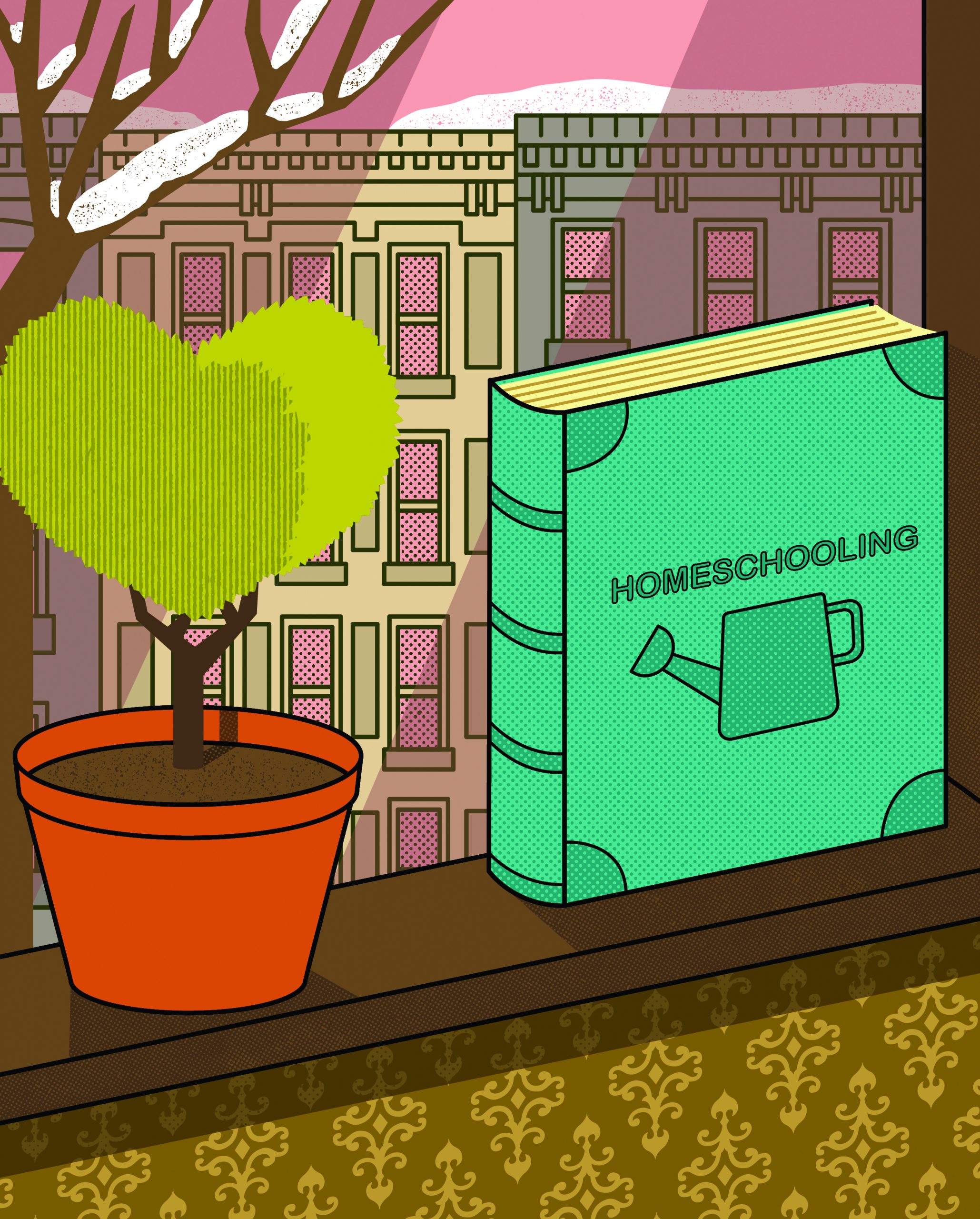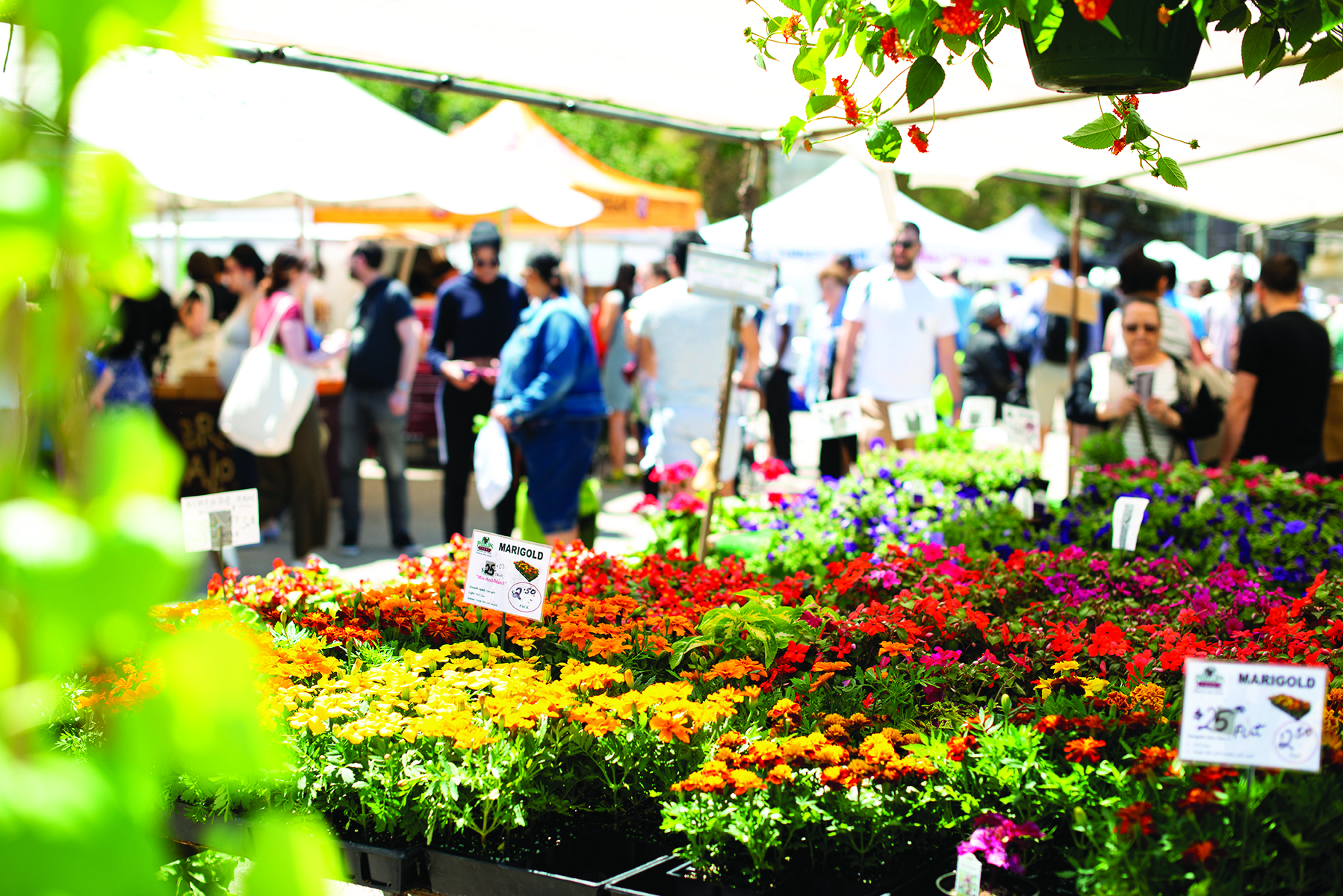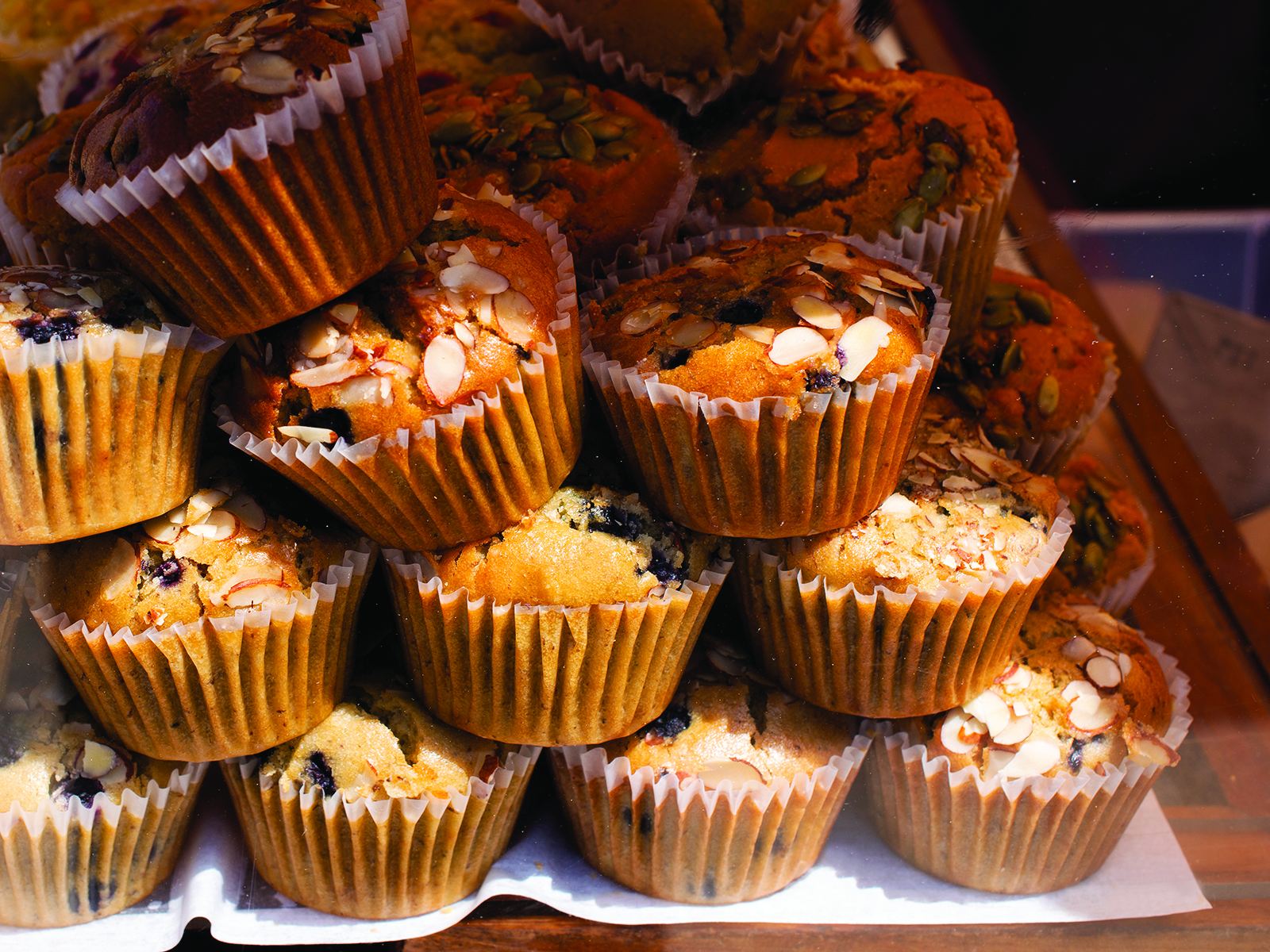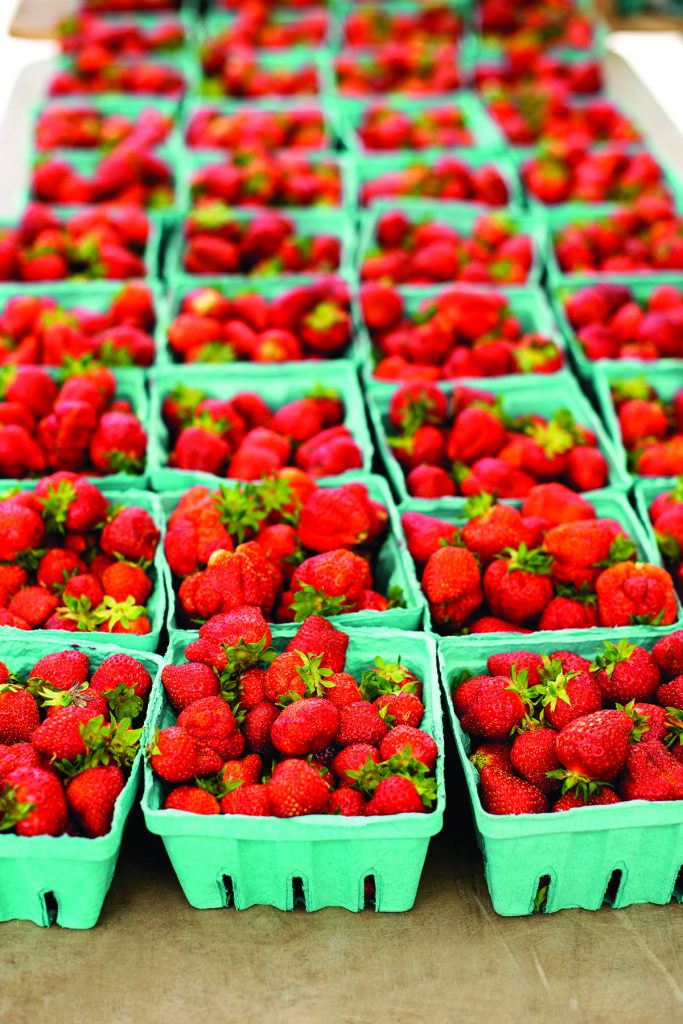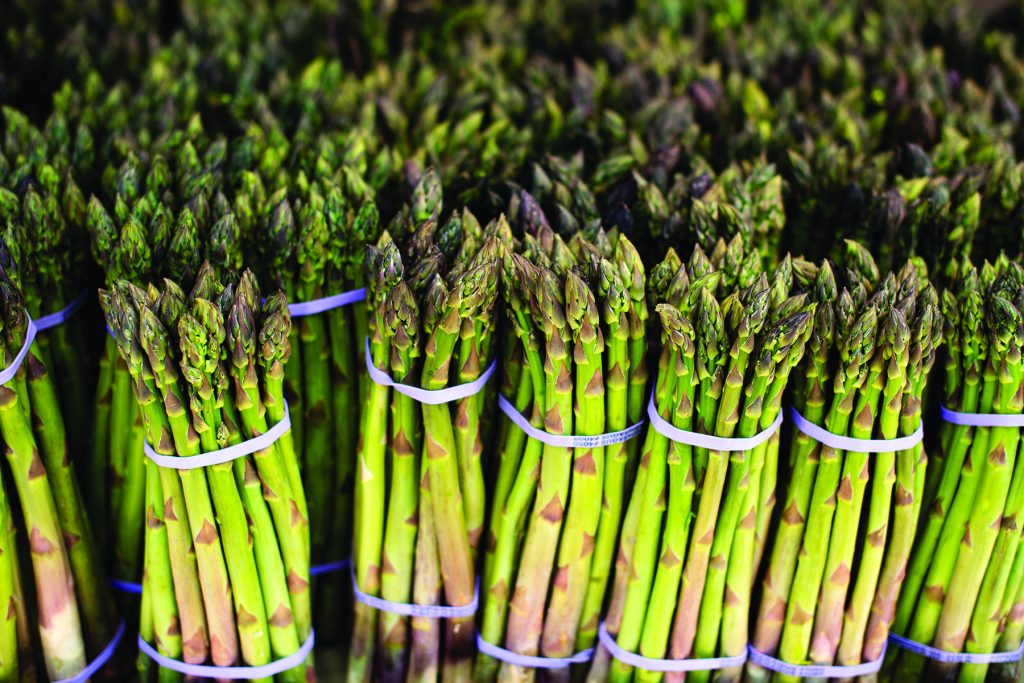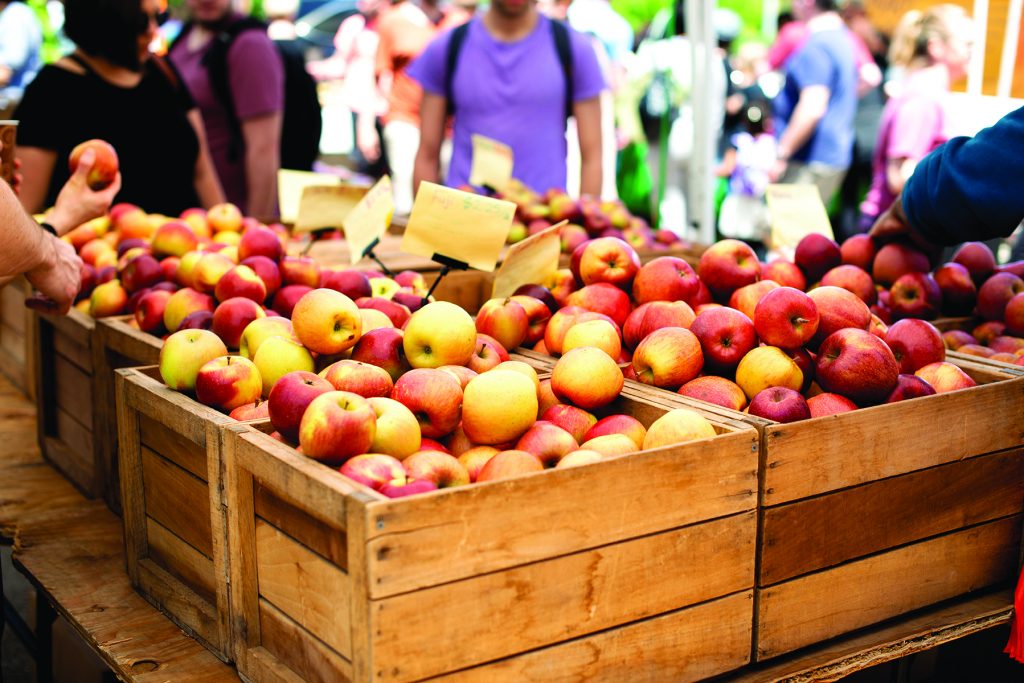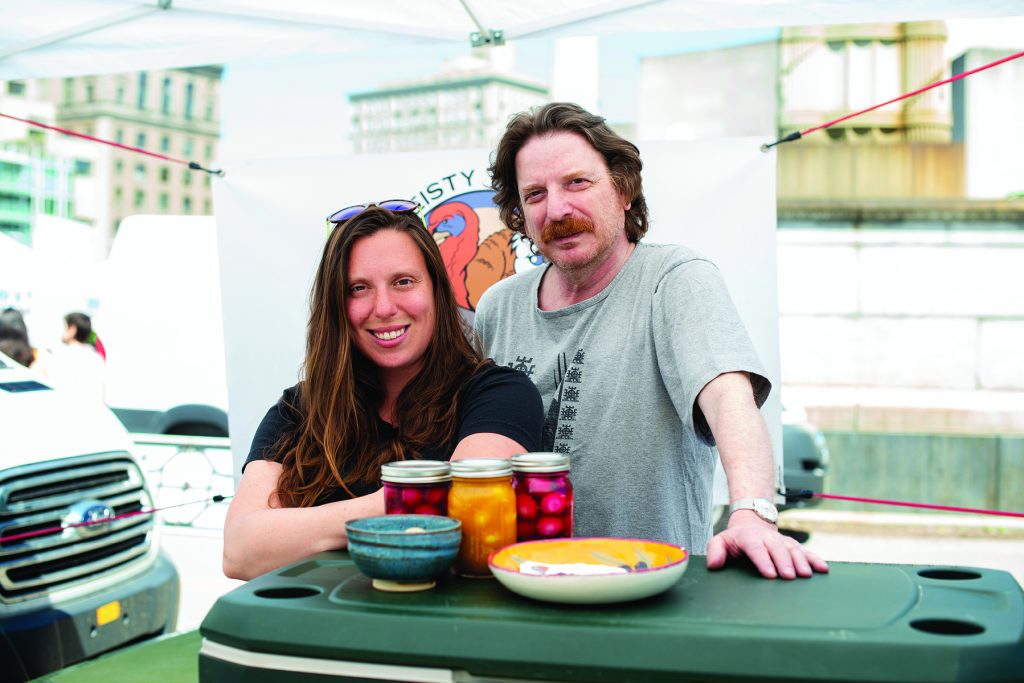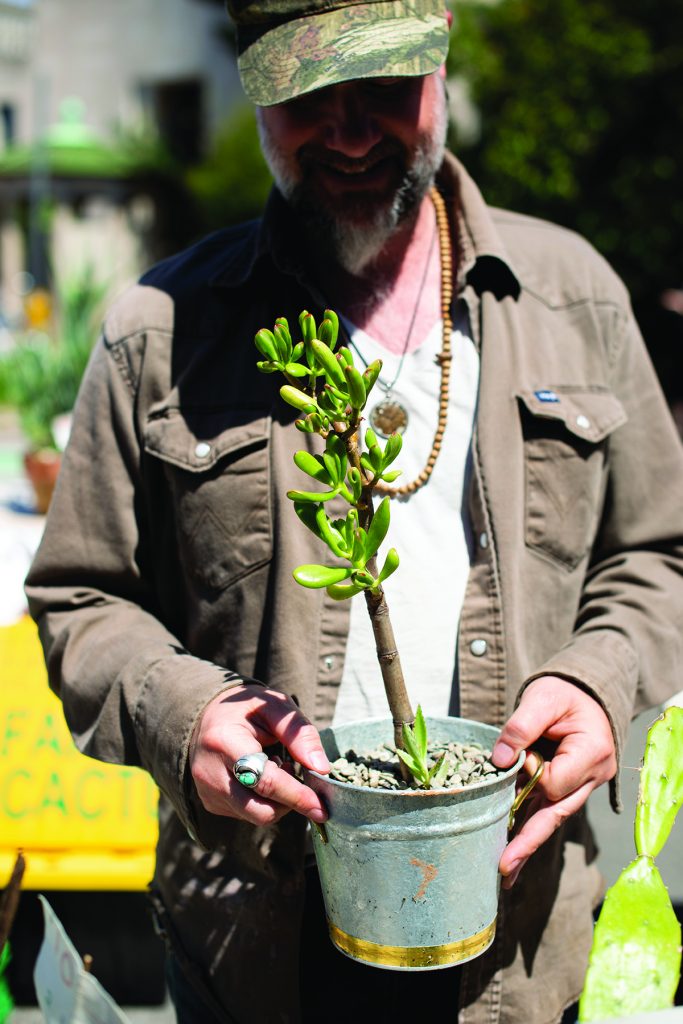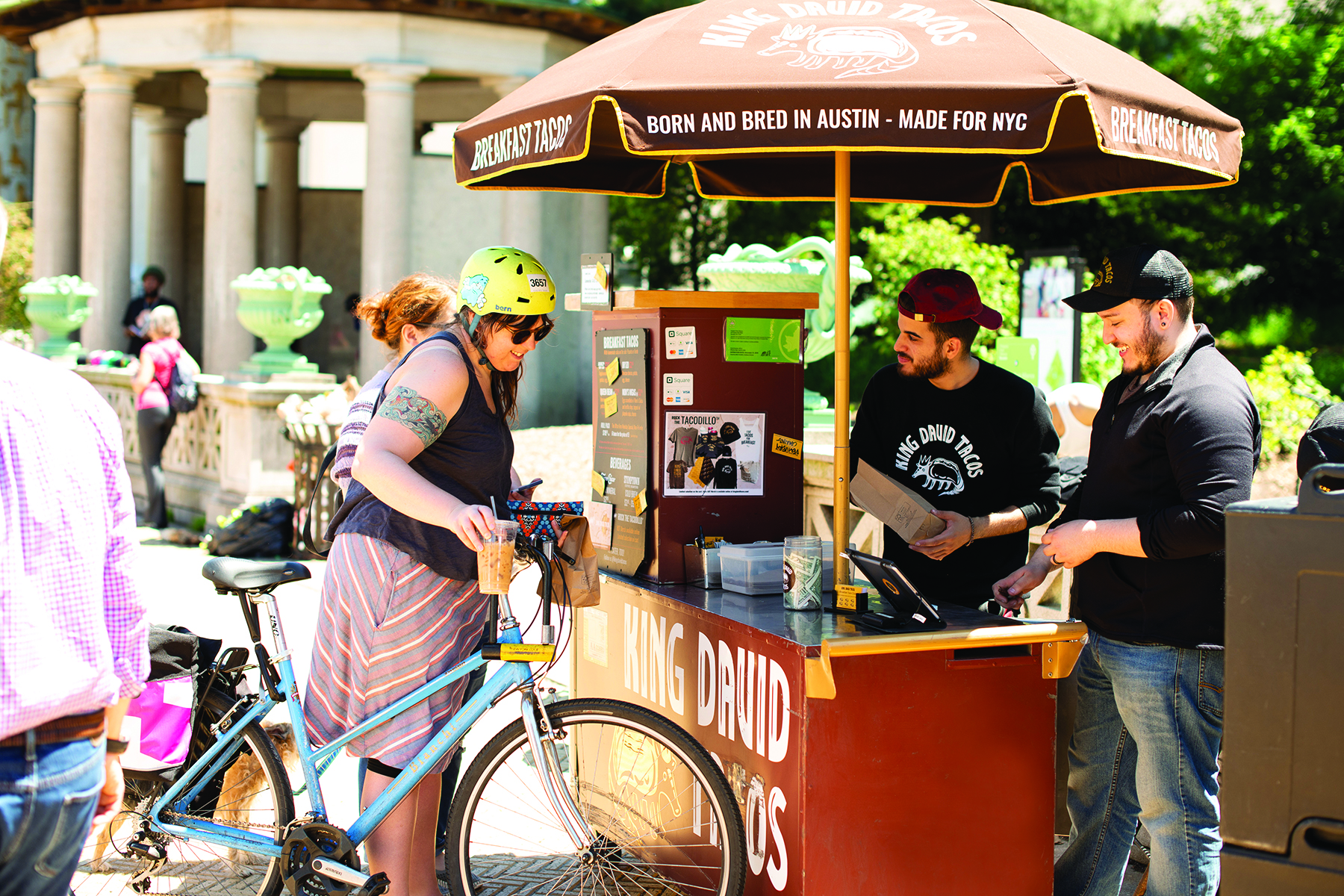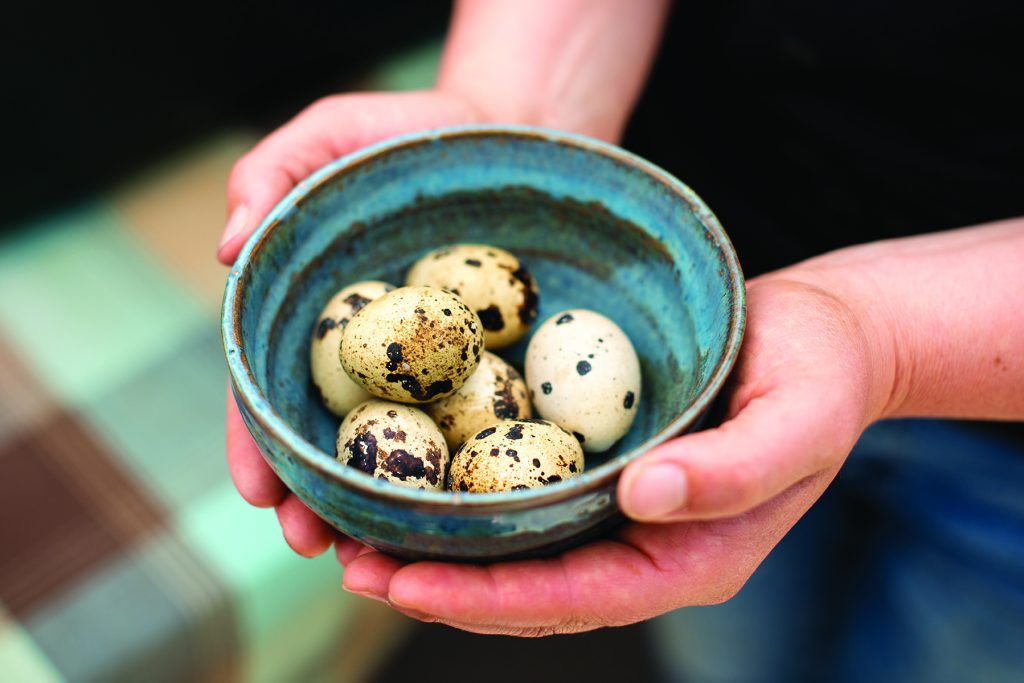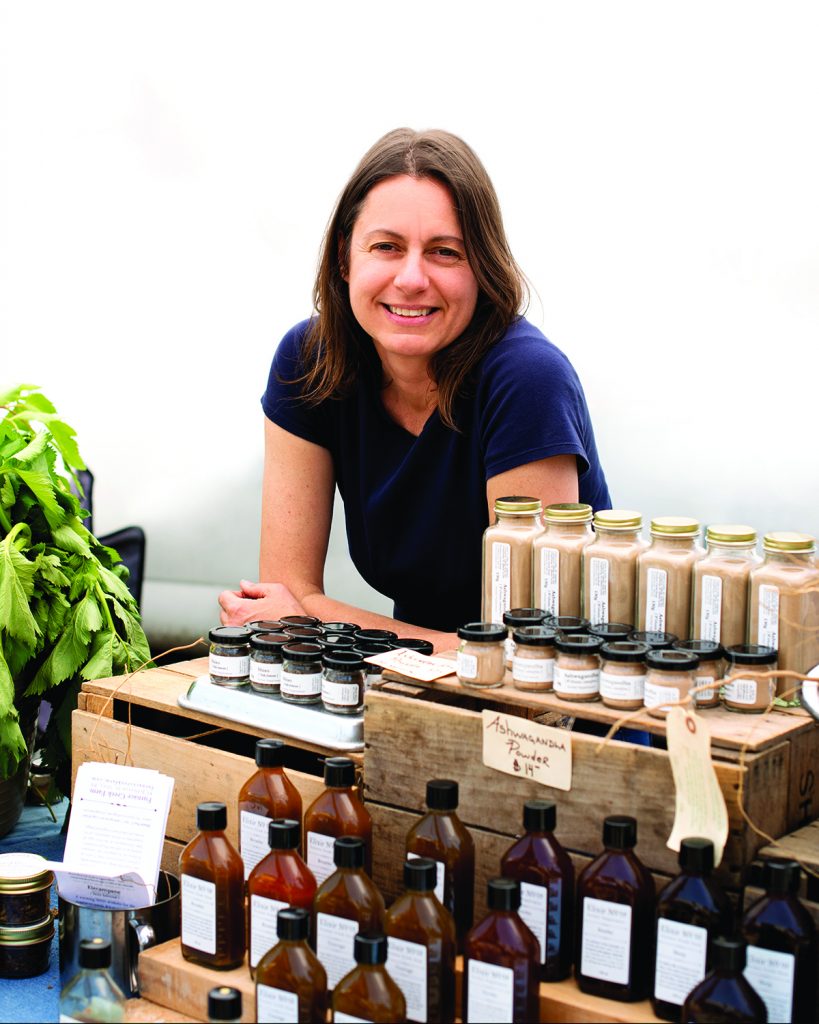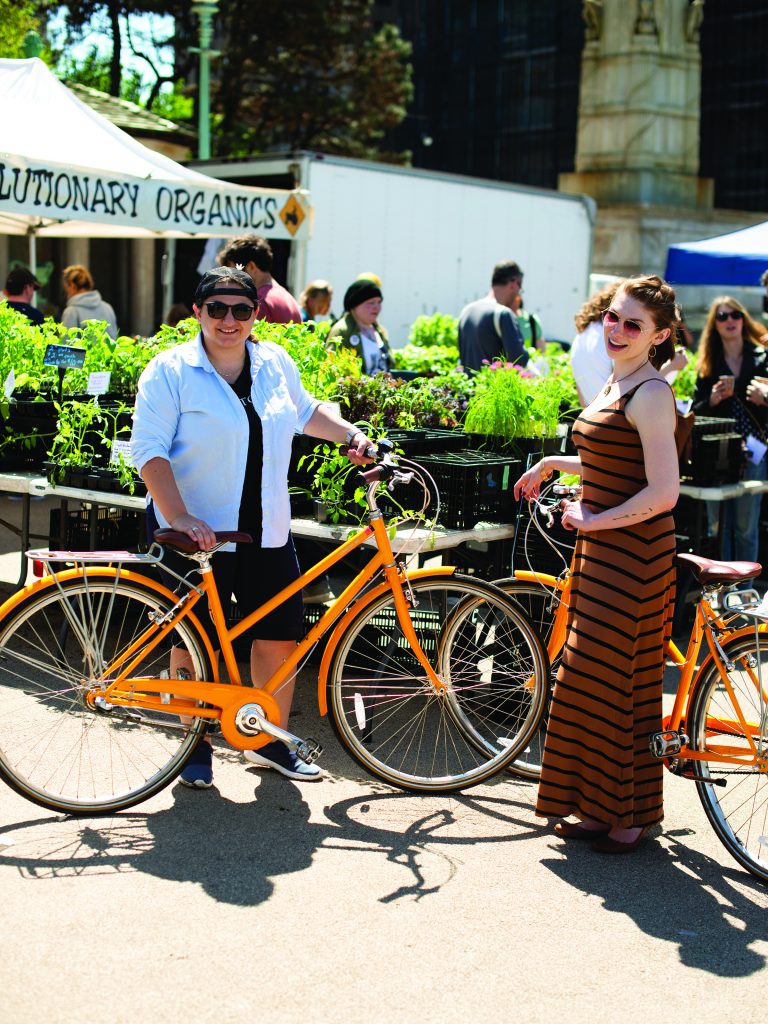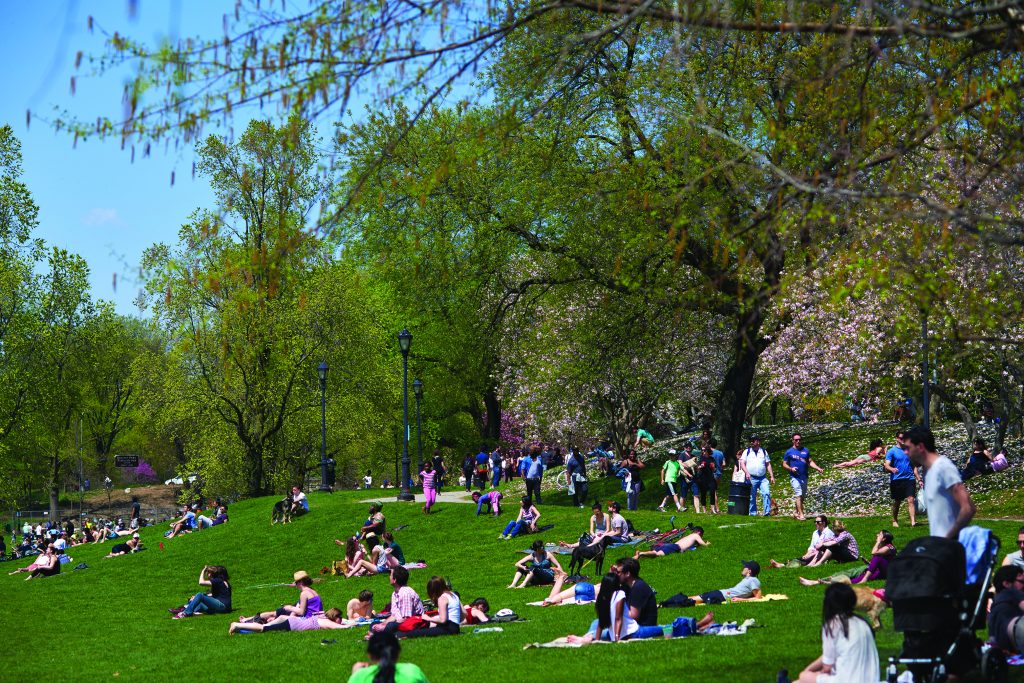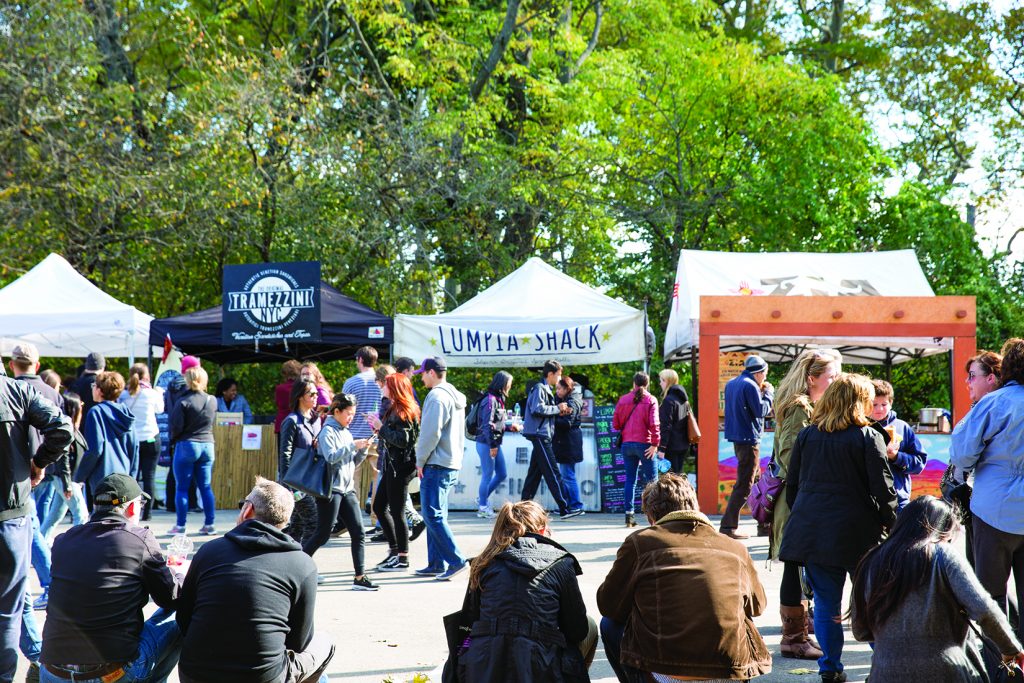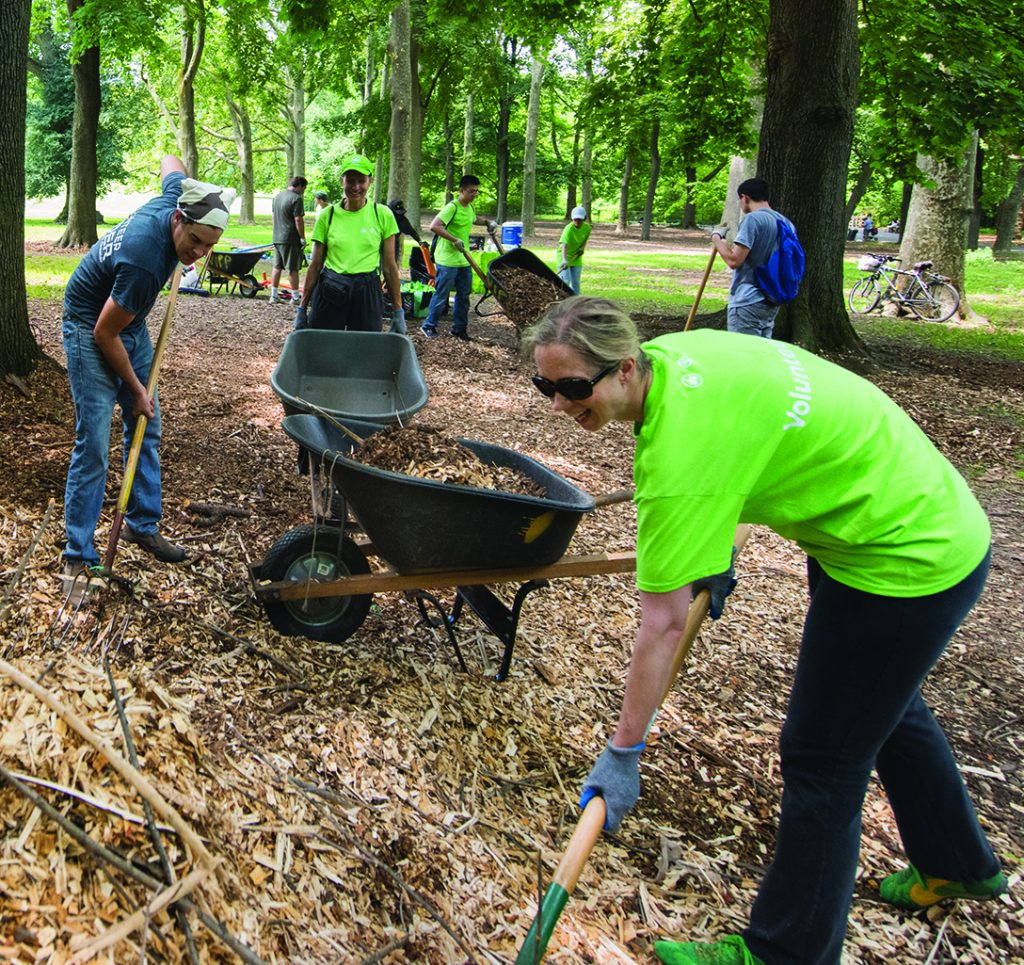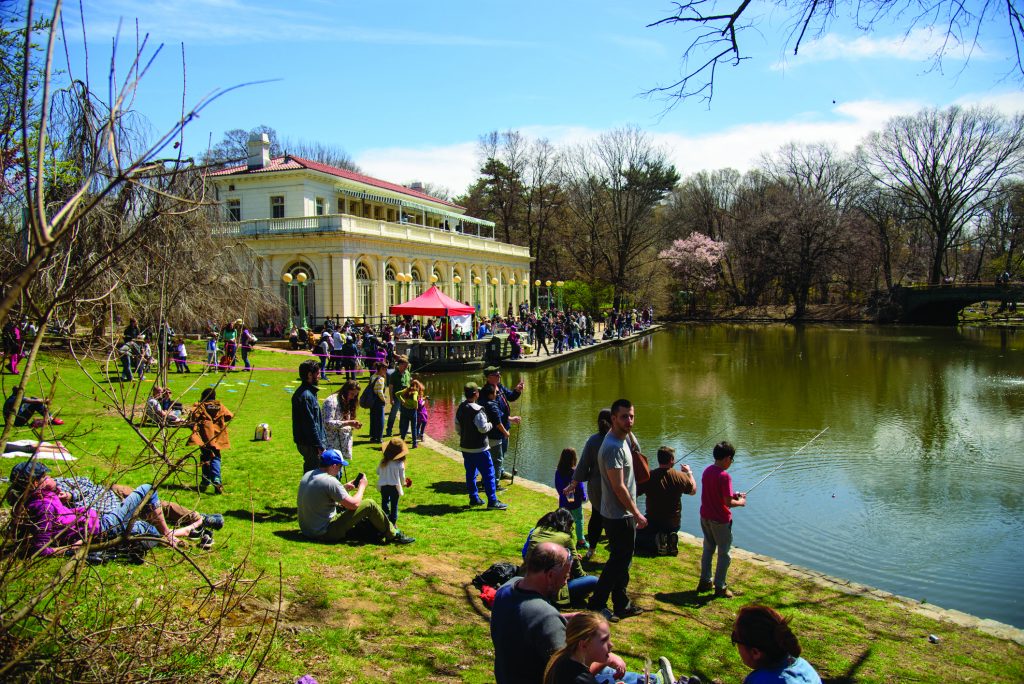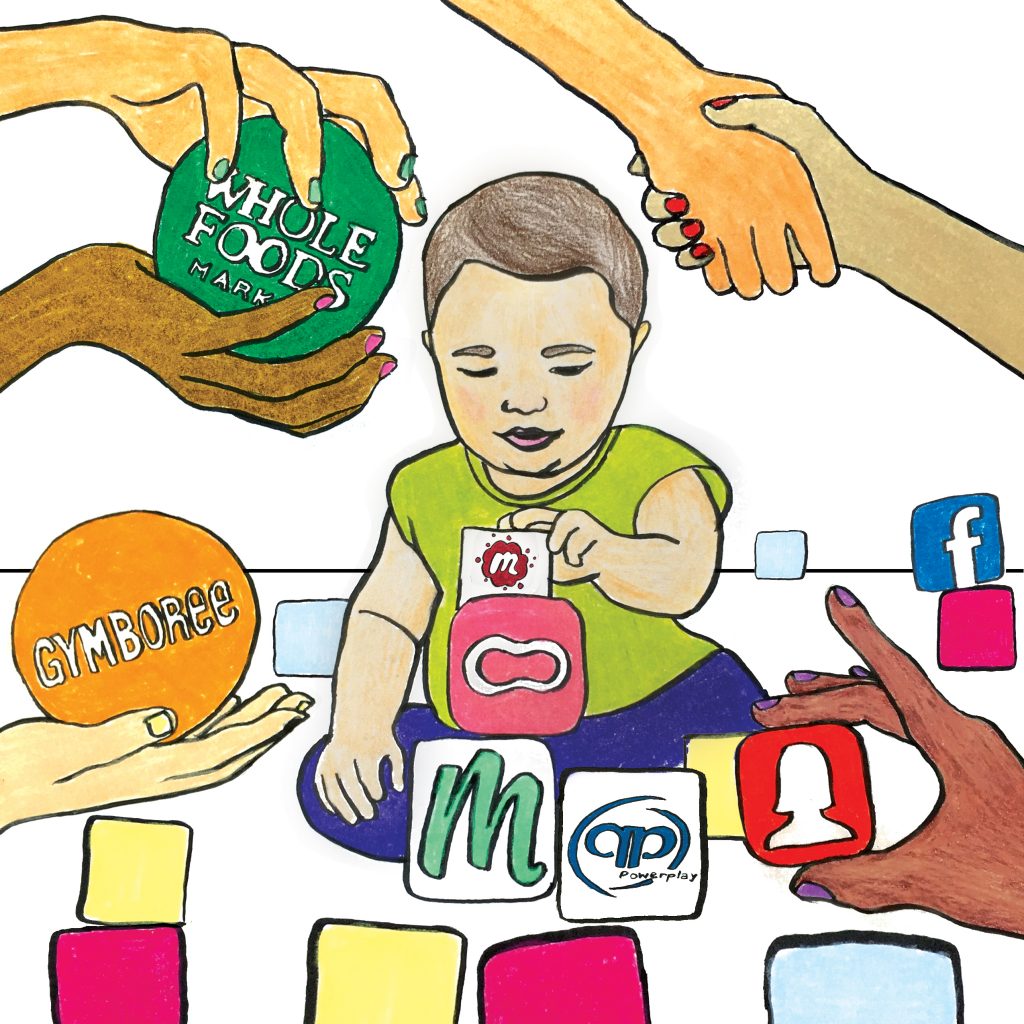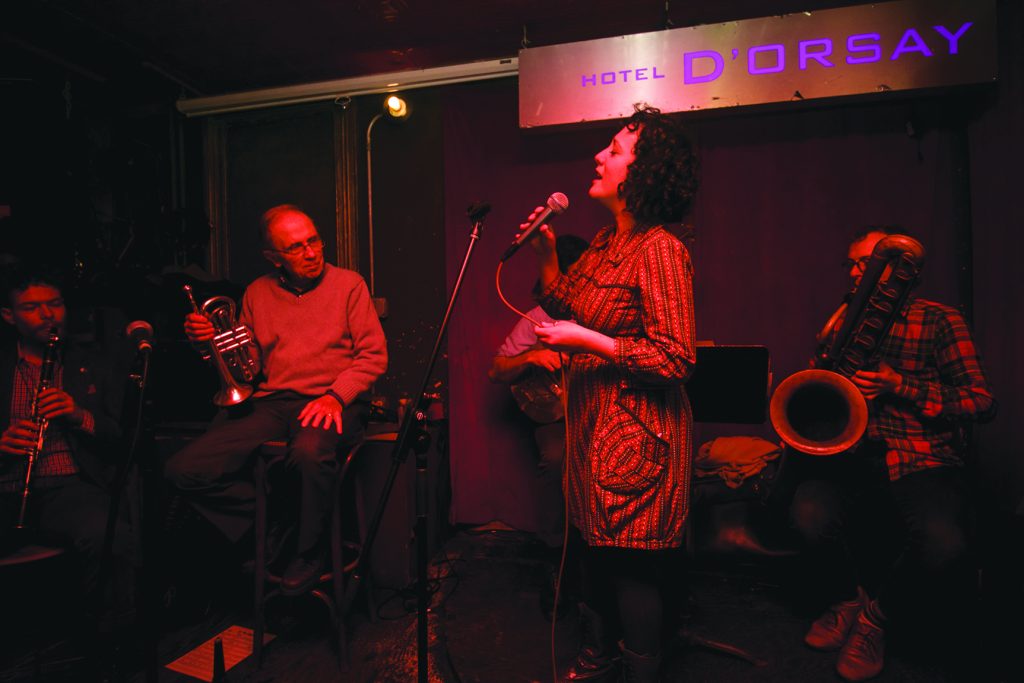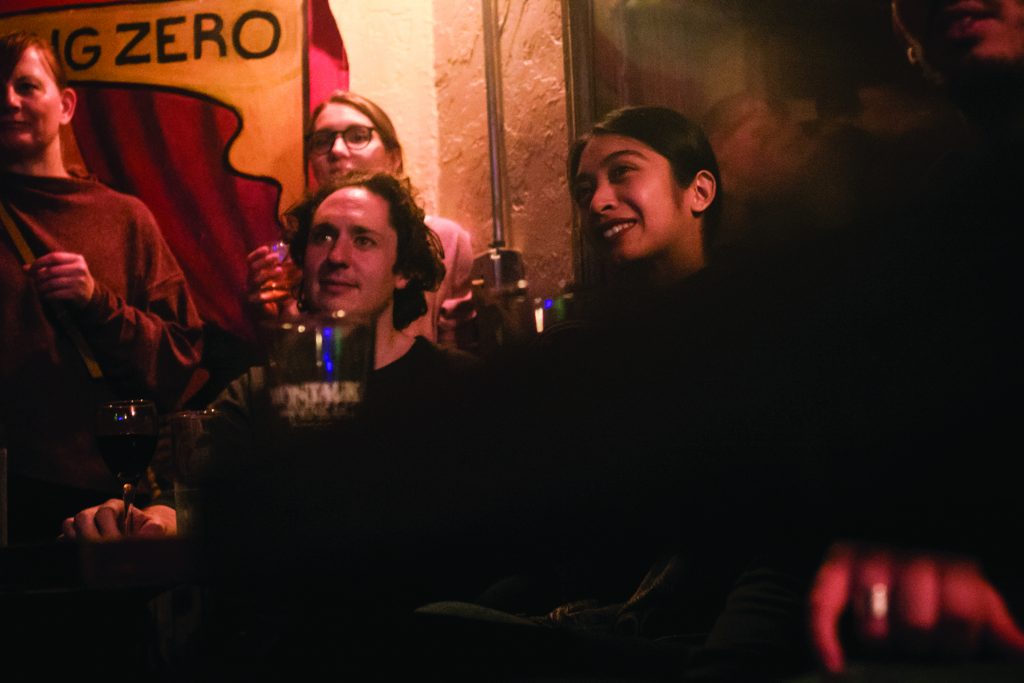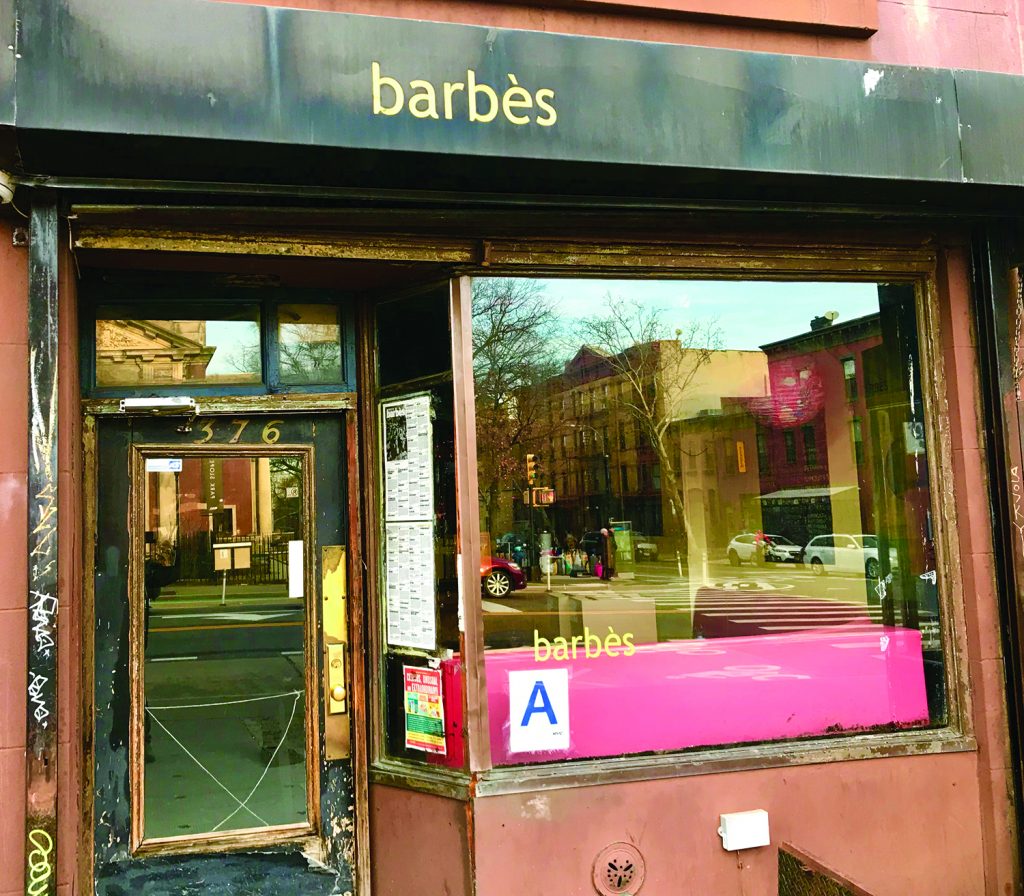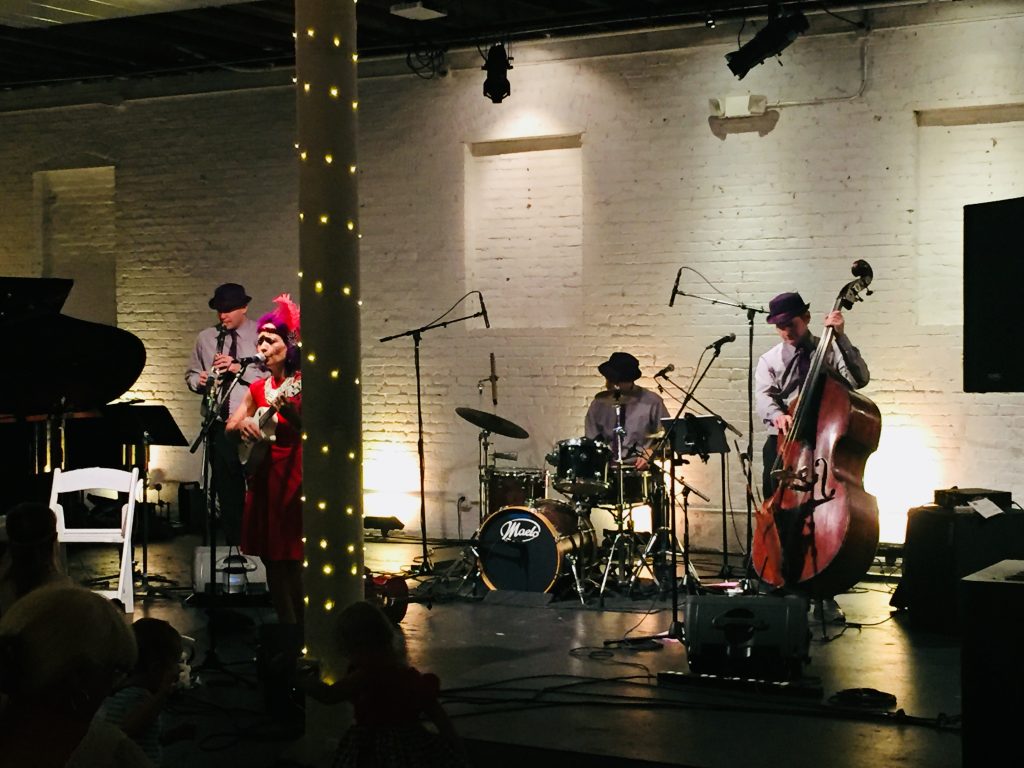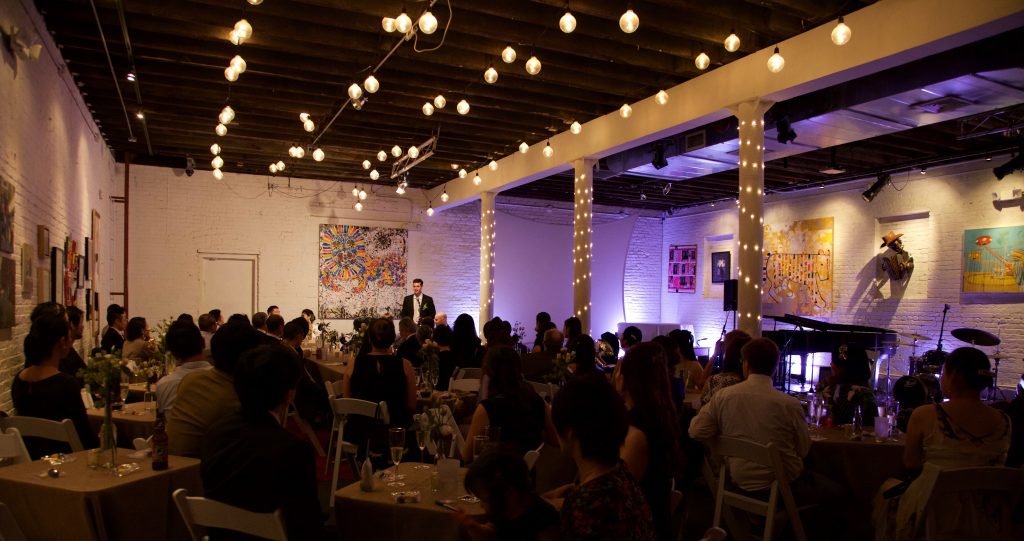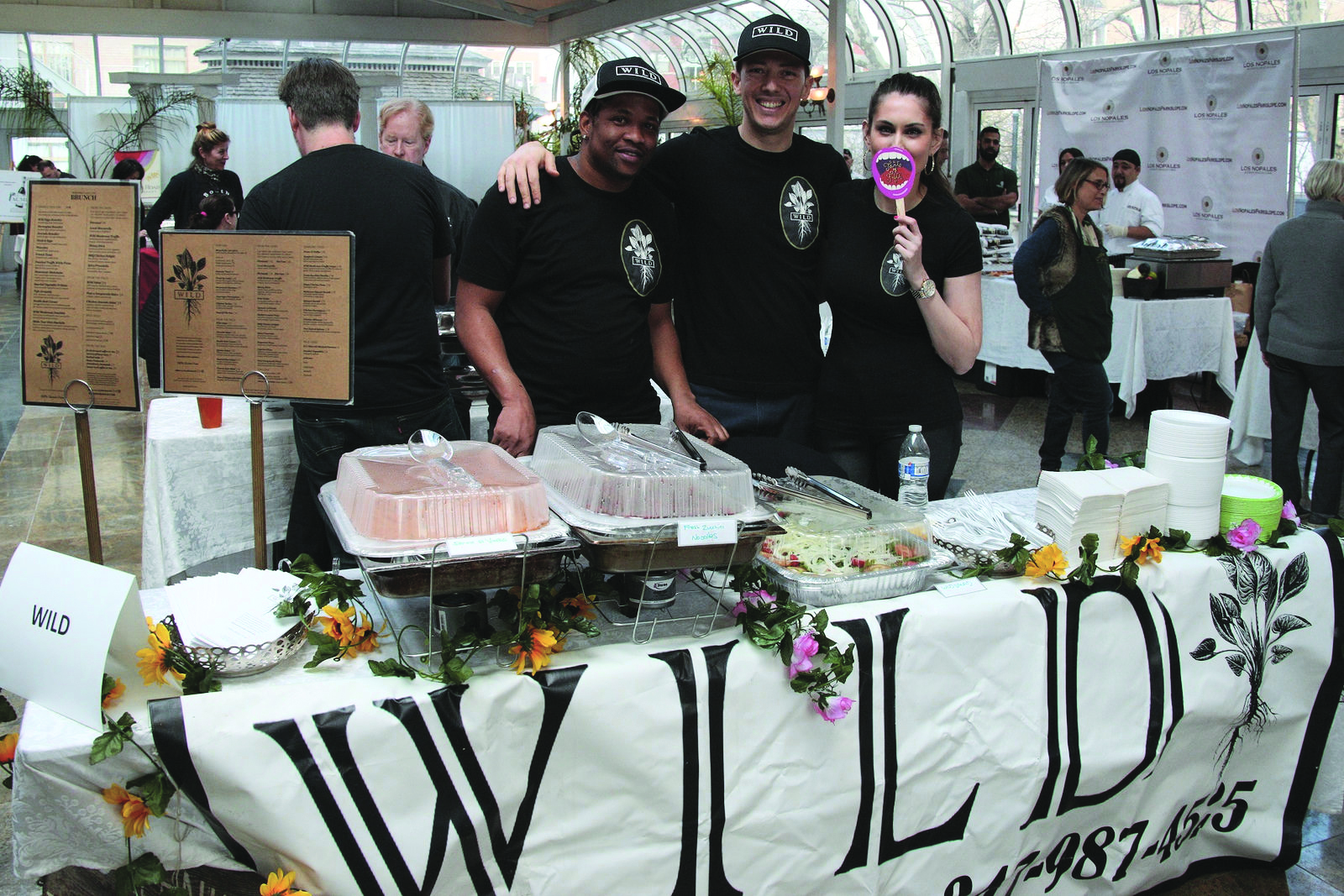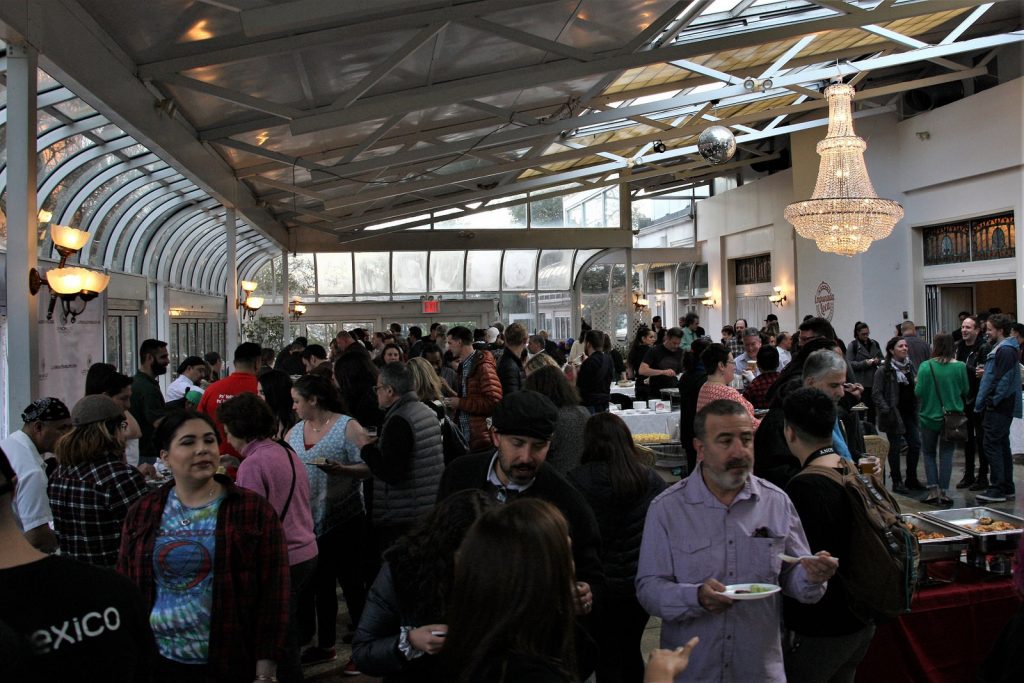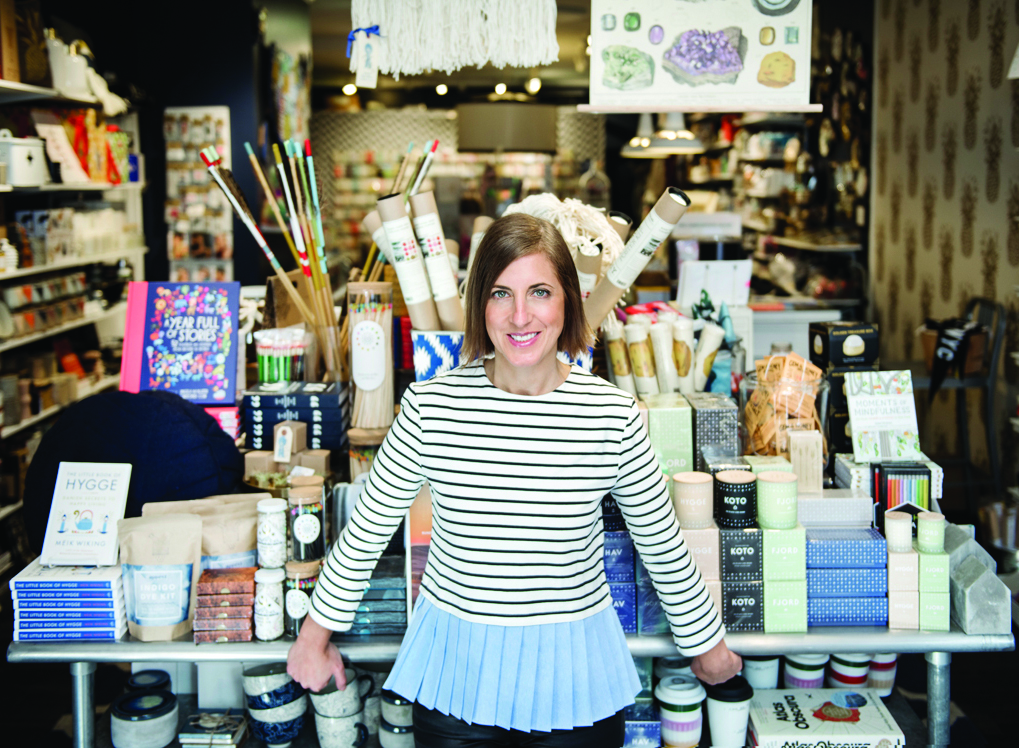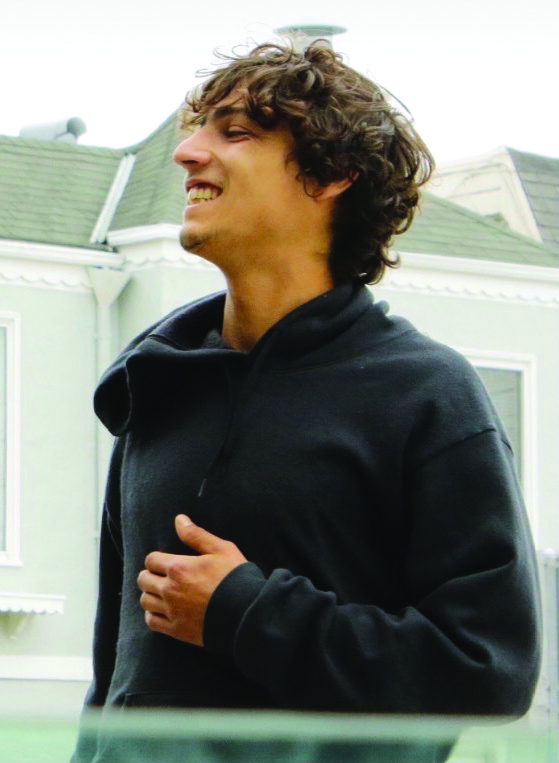
“Pablo wanted people to live in the present,” said New York City skater, Erik Rivera, during a phone interview. “The one time I skated with him was like magic. He just had this positive energy— and he made people more positive about their vibes.”
Pablo Ramirez, known to the skating community as “P-Splifff,” was a New York City native, musician, artist, and professional skateboarder. He was raised in Park Slope, where he lived with his mother, Loren Michelle—a chef, business owner, and world traveler. His father is a New York City attorney. Ramirez excelled at friendly and competitive sports, including ice hockey, cycling, and street-skating. His friends can’t recall a time when he was without a skateboard. High-impact sports provided Ramirez with true autonomy. He often said that he felt “alive” while gliding through urban environments and pushing his body past its physical limits. Through the visual and performing arts, Ramirez was able to find creative freedom and individuality. At a young age, he discovered the philosophy of expressionism through music, particularly through the language and melodies of classical jazz. He studied music at Edward R. Murrow High School, and later on, at The New School. As a teenager, Ramirez asserted his knowledge of music into the public sphere by playing at jazz clubs, bars, and venues. At the time, Brooklyn’s DIY music scene fluctuated between jazz and new wave punk.
“He really understood the language of music and was able to read music from an early age,” Loren Michelle told me, over the phone. Michelle purchased a drum set for Ramirez when he was a child.
“We played a lot of shows together,” said New York City musician, Sammy Weissberg. Weissberg is one of Ramirez’s oldest childhood friends. The two formed a close bond over a shared appetite for classical jazz. Sammy remembers Ramirez as both a “magnetic” person who was beloved by everyone who met him, and an “adrenaline junkie” who was often testing the boundaries of whatever obstacle blocked his way to the next great success.
“Pablo was this really energetic person who made a lot of noise,” Weissberg said. “His confidence transcended past skating— it was just how he lived his life. He was not afraid of failure.”
Sammy Weissberg later played a tribute to Ramirez at his memorial.
Pablo Ramirez moved to San Francisco in his early 20’s and quickly broke into the West Coast skate scene as one of the fastest and most fearless skaters in the city. He was recruited by the novel GX1000 crew— a band of loosely structured amateur and professional skaters— all living in Northern California’s Bay Area. The Crew is internationally recognized for their clothing label, signature stunts, and daring hill bombs— a high-speed and downhill skating move that is synonymous with the city’s topographical rollercoaster of cemented one-way streets and iconic steep hills. The art of hill bombing is unrelenting in nature. The result, if not done methodically, can be brutal. Riding with a full squad provides a marginal safety net for skaters. “Spotters” stand at the bottom of the hills, timing traffic lights and obstructing motorists’ routes. Employing spotters allows skaters to ride through busy intersections without hesitation or fear of collision. One of the defining moments of Ramirez’s skateboarding career was when he ollied over the hood of an El Camino to avoid an accident.
“Pablo fell in love with San Fran,” said Michelle. “The skate scene is like nothing else.” San Francisco is commonly referred to as the “Mecca” for street skaters and bombers. “They [GX1000] studied the roads and the hills; they timed the traffic lights. They really understood speed,” she explained.
Photographs and online video releases of GX1000 members, racing down winding roads, crossing residential streets, dodging traffic, and sliding through busy intersections, can be found on the group’s Instagram account, and in publications like GQ, Awaysted, Lowcard, and Thrasher.
“I remember saying to Pablo, ‘Dude, you’re on freaking Thrasher!’” exclaimed Jon Fitzgerald, during a phone interview. This was a critical moment for both Ramirez and Fitzgerald— who suddenly recognized the staunch confidence and raw talent that encompassed Ramirez’s bold skating practice and “life is beautiful” attitude. His uniquely gifted ability was suddenly coupled with fame. Thrasher, the San Francisco-based magazine company and “Bible” of all skateboarding publications, is known for being brash. The magazine’s website routinely features amateur videos of body slams and violent falls from stairways and elevated rails.
Fitzgerald is an experienced chef, veteran skateboarder, and longtime friend of Ramirez’. The two met at a Brooklyn skate park in their late teens and maintained a close friendship even after Ramirez relocated to San Francisco. It wasn’t long before Ramirez received sponsorship from national brands and traveled the world to skate for major companies and various crews.
“Pablo was mad good but anyone could skate with him. He just had that type of energy,” said Fitzgerald.
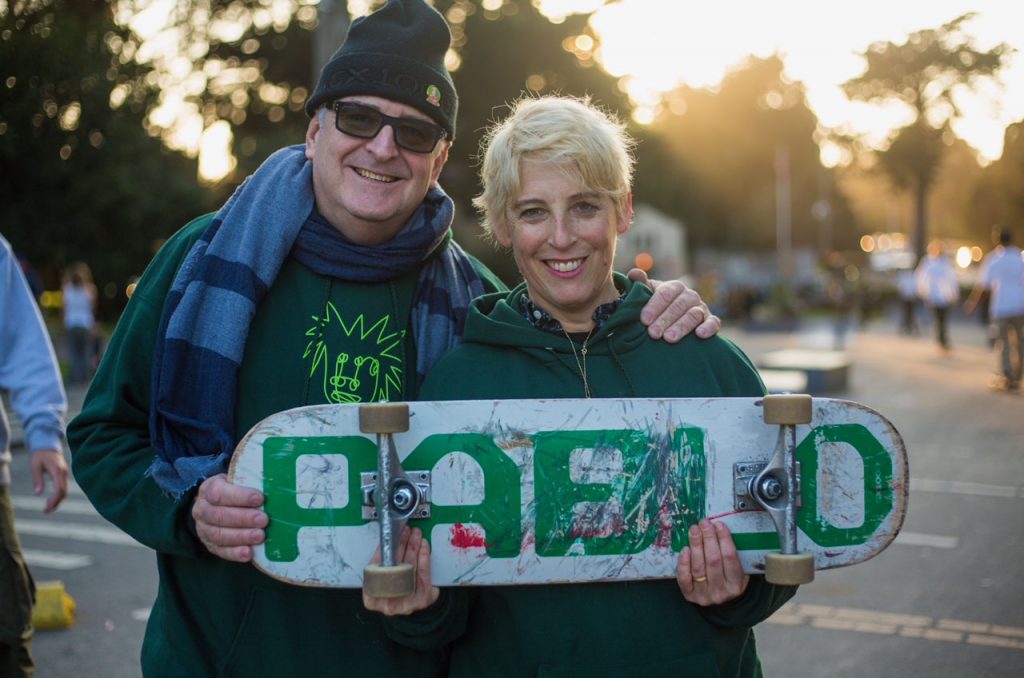
On the morning of April 23, 2019, Jon Fitzgerald sent Pablo Ramirez a text. As the day progressed, Fitzgerald questioned why Ramirez had not responded. It was not in his nature to ghost his friends. Ultimately, a coworker showed Fitzgerald a major news headline that would forever change him. Ramirez had been fatally struck by a dump truck in San Francisco’s SoMa district. He was 26.
Ramirez’s death shocked the skating community. Thousands of love-filled messages appeared on his Instagram account. Soliloquies of grief and gratitude were met with anecdotes from those he loved and inspired. Tony Vitello, the publisher of Thrasher magazine, said of Ramirez: “Very few skateboarders change the way we see skateboarding. Pablo did just that.” 1
Thrasher later hosted a post-memorial block party in honor of Ramirez’s extraordinary legacy.
“In the shadows of loss, grief can turn into love,” wrote Loren Michelle, in an Instagram post, shortly before inaugurating her plans for a foundation, dedicated to the life and legacy of her adored son. The Pablo Ramirez Foundation is a space that fosters healthy living, positive vibes, and self-expression through the arts, culture, and skateboarding. The Foundation has hosted public events, including skate park cleanups, skateboarding lessons, art openings, and concerts; and also provides grants and scholarships to kids and young people in need. Inspired by Ramirez’s ethos of “giving more and taking less,” the Foundation aims to use its resources to make lasting changes in the lives of Brooklyn’s youth. Recently, the Foundation teamed up with Homage Skateboard Academy to offer a free week of skateboarding camp and a complete new skateboard to one student.
One of the earliest undertakings of the Pablo Ramirez Foundation was painting a memorial mural at Washington Skate Park located behind MS 51. The mural, titled, Pablo Forever, is the beginning of many future murals and public art events. A second mural, in collaboration with contemporary artist, Steve “ESPO” Powers, is currently in development. The mural will be installed at Golconda Skate Park in Dumbo.

The murals are a powerful tribute to Ramirez whose life was shaped by the visual arts. Not long before his passing, Ramirez’s work hung in San Francisco galleries. He created over 2,500 artworks in the last few years.
A leading project of the Foundation is to create an all-inclusive skate park and garden, ideally located in central Brooklyn. The project, called Brooklyn Skate Garden, is inspired by the lifestyle Ramirez led. Peace, good vibes, kindness, gratitude, and environmentalism are embedded in the spirit of the project. The multifaceted skate park and gardens will serve as a space for youth to find community while skating, creating art, listening to live music, and planting seeds. The idea for the skate park initially came from a group of teenage skaters who envisioned an all-encompassing park in the heart of Brooklyn.
“Skate parks are kind of an afterthought,” Michelle remarked. She explained how NYC skate parks are often uninviting and unmaintained— and commonly located on the outskirts of cities and under bridges. “The fundamental question is, ‘how can we make a skate park, not like a skate park? How can we make a skate park that is for everyone?’” As a skater herself, it is paramount to Michelle that skaters of all ages feel a sense of belonging in the skate community.
“Skateboarding is the energy behind the skate garden, but it’s really about culture, music, and art,” she told me. “The park gives kids a place to come and to be part of a community.”
Earlier this year, the Brooklyn Skate Park received an endowment of $300K from Council District 39’s participatory budgeting ballot. The response to the conceptualization of the park has been overwhelmingly positive.
“Pablo would be so happy to see the whole community, not just the skate community, come together to do something for the youth,” said Rivera. “We [skaters] want to leave a good path for them. Pablo would be astonished. He would want to reciprocate that energy.”
“Pablo would think the skate park is sick,” said Fitzgerald. “He doesn’t want us to be sad, you know? His energy is still here.”
Fitzgerald’s voice grew quiet at the remembrance of his friend. Pablo Ramirez, one most intrepid skaters of our time, was so much more than a professional athlete. His attitude and lifestyle influenced the entire culture of skateboarding by making it more accepting— more inclusive. Compassion for others was the only thing to exceed his talent on a skateboard.
I thought about what Pablo meant when he told others to “live in the present.” I thought about the definition of failure and wondered how he, a man I would never meet, wasn’t afraid to fail. How liberating that must have been for him and for those around him.
Softly, Fitzgerald whispered, “I do miss him.”
1 Sullivan, Denise. “The Legacy of Skateboarder Pablo Ramirez.” San Francisco Examiner, San Francisco Examiner Media Company, 23, May 2019,https://www.sfexaminer.com/news-columnists/the-legacy-of-skateboarder-pablo-ramirez/.

